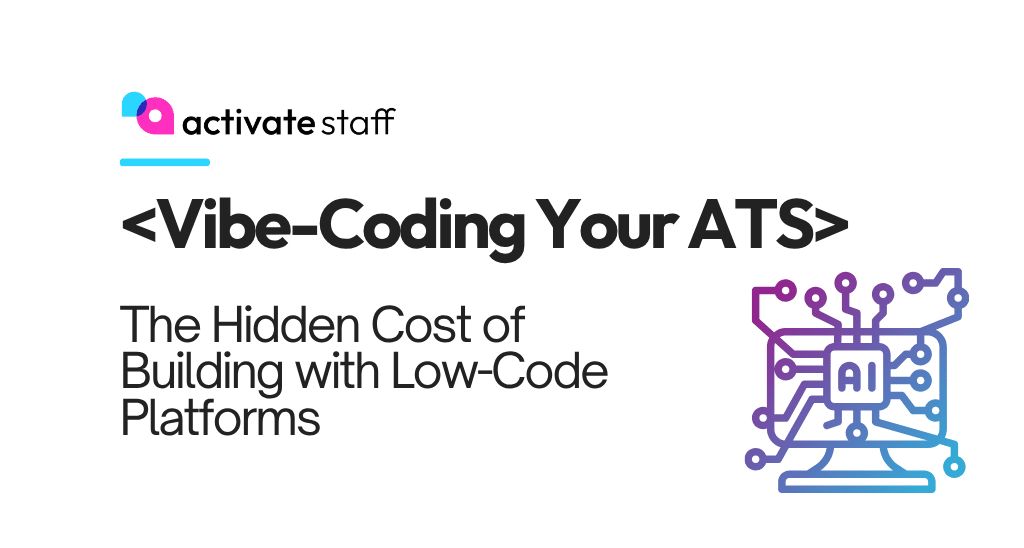In partnership with:
Snapshot:
- The federal government is ending its Form I-9 remote inspection policy
- Employers have until August 30, 2023 to physically inspect all impacted records
- Modular onboarding can help staffing agencies tackle this problem more effectively
The US government is ending the Form I-9 flexibilities created during COVID-19, leaving many staffing agencies to wonder how they will stay compliant and update all necessary records before the August 30 deadline.
Form I-9 changes: flexibility is ending
During COVID-19, the US federal government introduced a more flexible way to handle I-9 verification. It temporarily allowed for remote inspection of documents so people could remain physically distanced.
Now that the government has declared the national emergency over, they are ending that flexibility. DHS and ICE recently announced that the physical inspection flexibilities would officially end on July 31, 2023 and employers would have until August 30, 2023 to retroactively complete in-person inspections for anyone that had been remotely verified since March 2020.
Something agencies and employers should be mindful of is that fines for I-9 violations can cost millions of dollars.
What should staffing agencies do next?
Staffing agencies now need to find a fast and effective way to reverify 100s, if not 1000s, of employees. And with many agencies downsizing their branch footprint, and perhaps moving many of their recruiters to a remote or hybrid work model, this is no small feat.
Many onboarding providers are telling agencies the only way to solve this problem is to completely redo their Form I-9s. However, a much more effective approach is to decouple Form I-9 Section 2 (the relevant step impacted by this policy) and handle it as a standalone experience. While this isn’t an option with many tools, next generation onboarding providers are making this possible with their modular approach. They enable agencies to reverify employees with Section 2 only, making this retroactive process much faster and cutting down on costly errors.
Capitalizing on the authorized representative model
One option for in-person document inspection is having workers physically come into an agency branch. But a much easier approach is to utilize an authorized representative. USCIS allows employers to authorize individuals outside their organization specifically to perform this Section 2 review task. While in-person inspection of the documents themselves is still required, it doesn’t have to be conducted in your office or by your HR department.
An authorized representative acts on the employer’s behalf for the limited scope of in-person document review. This allows employers to extend their physical reach, relieving both employees from the burden to travel and HR teams from a scheduling and operational nightmare.
This is where next generation onboarding providers can help. By combining a modular I-9 approach with the authorized representative model, agencies can avoid a burdensome and unnecessary path to compliance. For more information on how ActivateStaff and our partners at Onboarded are making the Form I-9 changes easier for agencies, book some time with our team.




